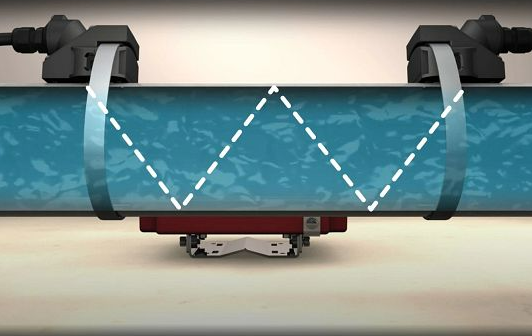Mechanical flow meters have always been a dependable option for drinking water treatment and distribution. However, the adoption of ultrasonic flow meters for these applications is growing steadily as water managers realize that technological advancements often make them a better choice.
The original ultrasonic meters were Doppler-style technology that required a particulate flowing through it to register a reading. While these meters were a fit in wastewater operations, they didn’t work well for clean water. As a result, many water professionals are still under the impression that ultrasonic flow meters don’t belong in municipal drinking water applications.
In addition to Doppler-based solutions, ultrasonic meters also leverage transit time technology, which measures the time differential between signals sent upstream and downstream. Compared to mechanical meters, ultrasonic meters can offer better accuracy, more installation flexibility and minimal maintenance.
Understanding the Advantages of Ultrasonic Meters
Ultrasonic flow meters are an economical solution, especially for larger pipe sizes, because they can be installed in a variety of situations. By comparison, mechanical meters can be more expensive and difficult to install.
Accuracy is also a key differentiator. With a rating of ±0.5%, ultrasonic meters have no moving parts—eliminating drift—and they eclipse the ±1.5% accuracy of mechanical meters. This difference can be significant for municipalities, especially over time, when it comes to their ability to find leaks and tackle non-revenue water (NRW) problems.
Ultrasonic meters also have few to no maintenance requirements, which isn’t the case for mechanical meters. A single Venturi flow meter that requires the differential pressure transmitter to be sent for calibration, for example, represents an expense of several hundred dollars annually. This also requires that the utility have a redundant system that sits on the shelf much of the year.



